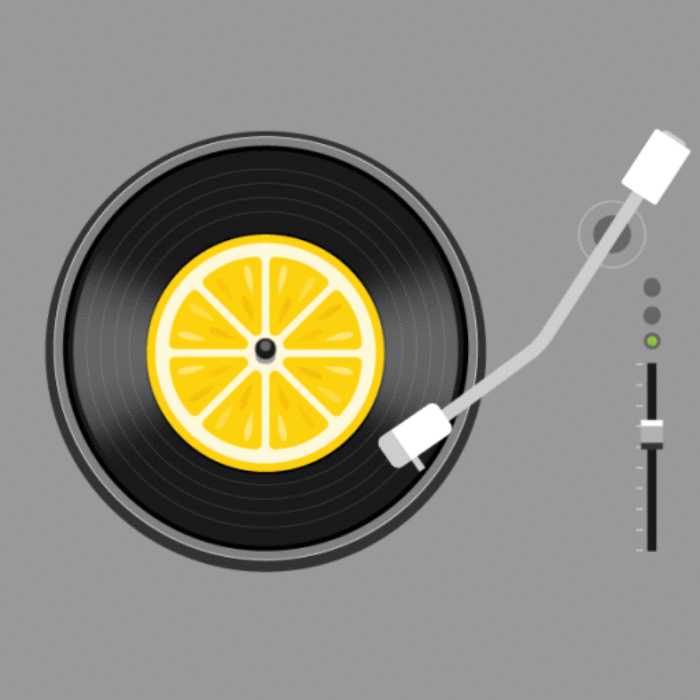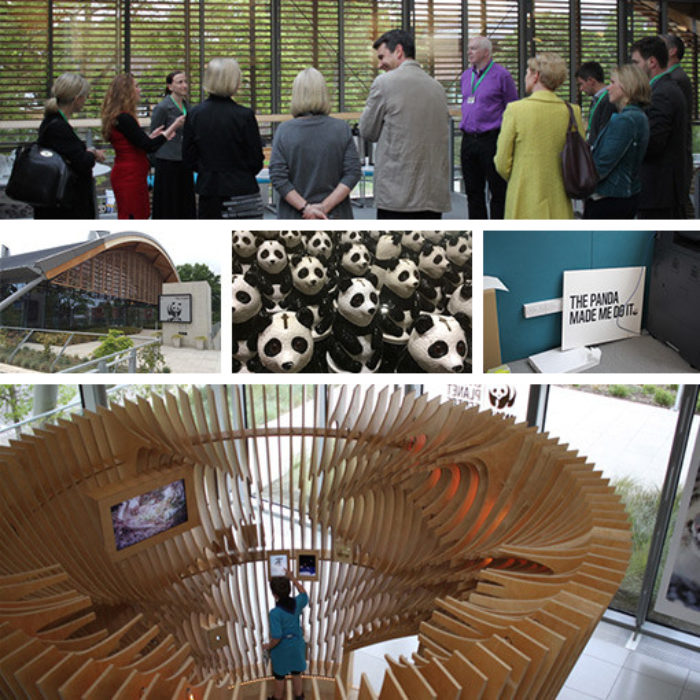Become an innovator (part 7): Have empathy
This blog series explores the shared characteristics of innovative people and organisations, with a particular focus on what innovators think, feel, believe and do. We’re also looking at how we can all do more to encourage and create innovative workplace cultures.
The seventh of the characteristics shared by all those with a spirit of innovation is to have empathy.
Tuning in
“Rarely can a response make something better.
What makes something better is connection.”
Brené Brown, Author and Research Professor
What’s the difference between sympathy and empathy? Sympathy is when an old friend’s mum dies, and you express your sorrows. Empathy is sensing and sharing the feelings of others. It may mean, explains Brené Brown, saying nothing and just putting your arm around someone suffering.
Empathy also means taking another’s perspective and avoiding judgement. In a University of Cambridge research project called ‘Designing Our Tomorrow’, pupils were challenged to solve real-world problems by thinking about the perspectives and feelings of others. The study found that empathy significantly improves creativity1.
At the very least, empathy involves tuning in “to the emotional states that are produced, or not, at each stage of the customer journey”, say the authors
of the book ‘Humanocracy’, where they champion unleashing the creative skills of all employees. Further, they say, you have to look for emotional cues and ask what generates that emotion2.
Empathy and the brain
According to Professor of Psychology and Psychiatry Simon Baron-Cohen, empathy is networked across at least ten regions of the brain, including the ventromedial prefrontal cortex and amygdala.
There are two types of empathy – cognitive and affective. Cognitive empathy is what primatologist David Premack called a theory of mind. This is the ability to imagine what others are thinking. Affective empathy is the ability to respond to what we believe we know about another’s thoughts and feelings with an appropriate emotion.
Feeling the benefits
There are a number of social benefits that are born from our ability to empathise:
- It improves interaction because it allows us to have a shared understanding of non-literal forms of communication like metaphor, stories, symbols and humour.
- It improves innovation by enabling us to seek out people we can learn from, and aids us in actively helping others to learn.
- It enables us to imagine or feel together things that aren’t literally true, like a shared goal, a dream, the act of creating, music, meaning, identity and even constructive fiction or flexible deception (like constructing a trap for prey).
- It also improves tolerance, as we seek to understand other perspectives.
Photographer Richard Steckel had natural empathy, which enabled him to routinely connect with strangers. Two of his practices involved asking for permission from his subjects before taking a picture and then showing the images he’d taken. The image below is an example from a trip to China. Richard didn’t speak Chinese, and the locals didn’t speak English, but their common language was their shared humanity.

Learn more
This is part seven of a series of planned articles on the characteristics of innovative people and organisations. The next instalment is coming soon, but in the meantime you can explore the full set in detail, by downloading our free report Innovation for Everyone.
And if you want a chat about how to create a more innovative culture in your organisation, just drop me a line at John.Drummond@CorporateCulture.co.uk
Sources:
- https://www.cam.ac.uk/research/news/teaching-pupils-empathy-measurably-im-proves-their-creative-abilities-study-finds
- ‘Humanocracy’, by Gary Hamel and Michelle Zanini, Harvard Business Review Press, p187




